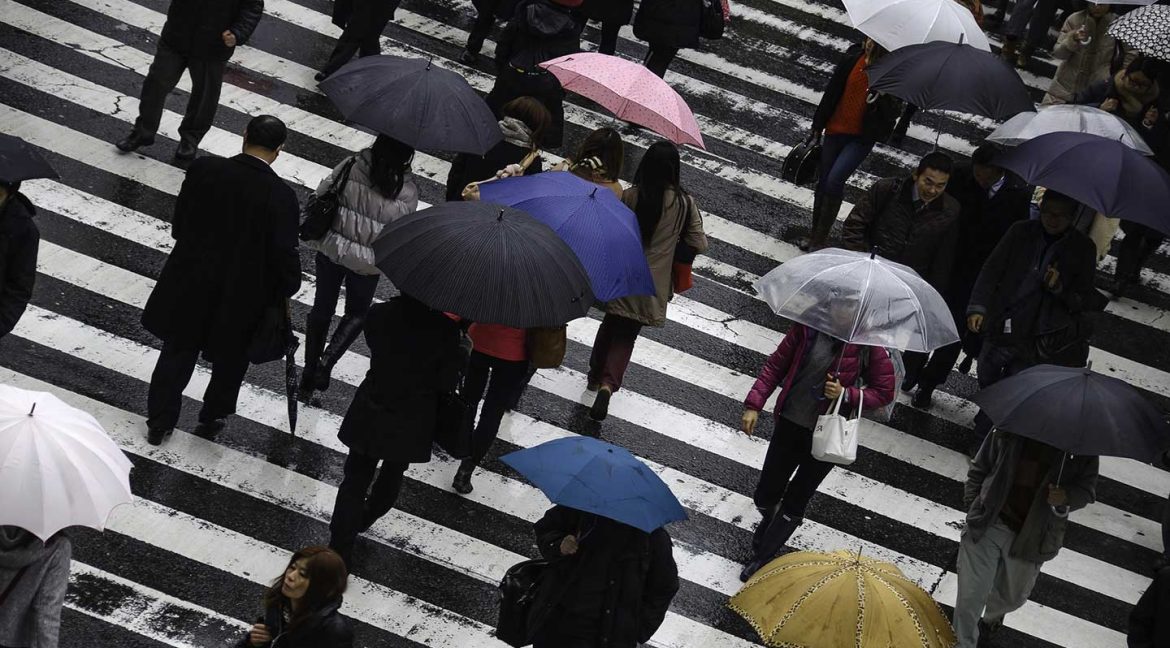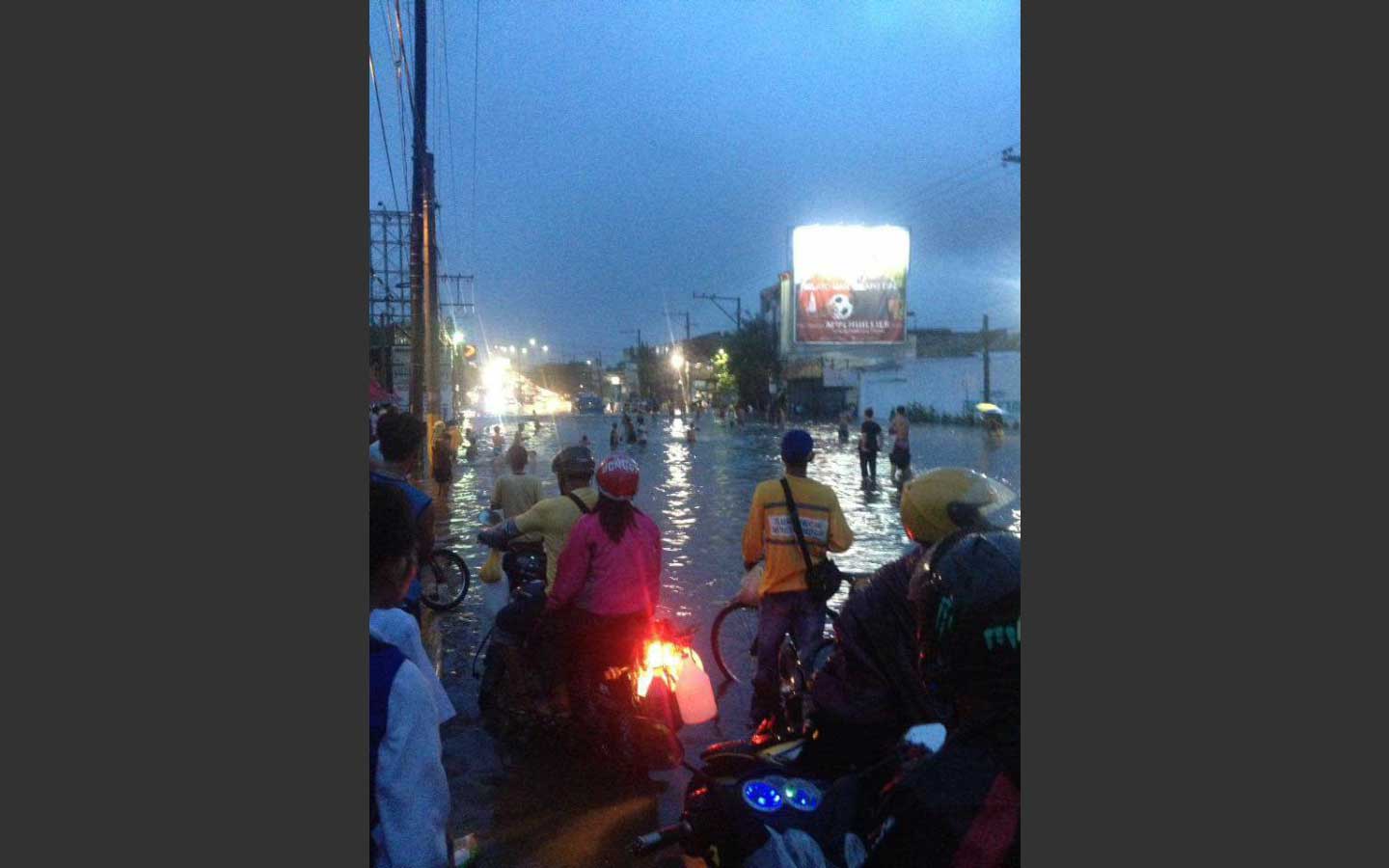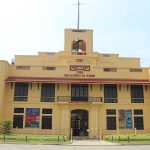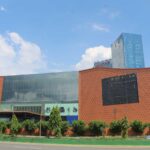Cebu, with its stunning landscapes and vibrant culture, is a tropical paradise year-round. However, the Cebu rainy season can bring heavy downpours that, in some areas, lead to flooding. To ensure you stay safe and dry during the wet months, it’s essential to be prepared. This article discusses how to prepare for rainy days and floods in Cebu, along with an overview of flood-prone areas.
The Cebu rainy season typically spans from June to November, with the southwest monsoon and typhoons contributing to heavy rainfall. While the rain nourishes the region’s lush greenery, it also has the potential to cause flooding in low-lying and urban areas.
Preparation and Safety Tips
Stay Informed: Monitor local weather forecasts and stay updated on any storm warnings or heavy rainfall alerts.
Create an Emergency Kit: Prepare a basic emergency kit with essentials like non-perishable food, clean water, flashlights, and a first-aid kit.
Familiarize Yourself with Evacuation Centers: Know the location of the nearest evacuation centers in your area.
Protect Important Documents: Safeguard important documents like passports, identification, and property papers in a waterproof container.
Elevate Electrical Equipment: If you live in a flood-prone area, consider elevating electrical equipment to prevent damage from floodwaters.
Check Drainage Systems: Ensure that drains around your property are clear of debris, so rainwater can flow freely.
Flood-Prone Areas in Cebu
Cebu City: Some low-lying parts of Cebu City, including Mabolo, Guadalupe, and parts of downtown, are known to flood during heavy rains. These areas are especially prone to flooding due to their location and inadequate drainage systems.
Talisay City: Coastal areas of Talisay City are susceptible to flooding, especially during high tide and heavy downpours. The barangays along the coast, such as Lawaan and Cansojong, are areas to be cautious about.
Mandaue City: Portions of Mandaue City, particularly the Bakilid area, may experience flooding during the rainy season, primarily due to the flat terrain and urban development.
Lapu-Lapu City: Some low-lying barangays in Lapu-Lapu City, like Pusok and Agus, are flood-prone areas, particularly during severe weather events.
Local governments in Cebu continuously work on improving drainage systems, constructing flood control projects, and conducting disaster preparedness campaigns. They’ve also established communication channels to provide timely updates to residents during emergencies.
The Cebu rainy season brings life-giving rain but also the potential for flooding in certain areas. By staying informed, preparing an emergency kit, and taking preventive measures around your property, you can safeguard yourself and your loved ones during the wet months. Familiarizing yourself with flood-prone areas and understanding local government initiatives for disaster preparedness ensures you are well-prepared to face any challenges that may arise during the rainy season in Cebu.





